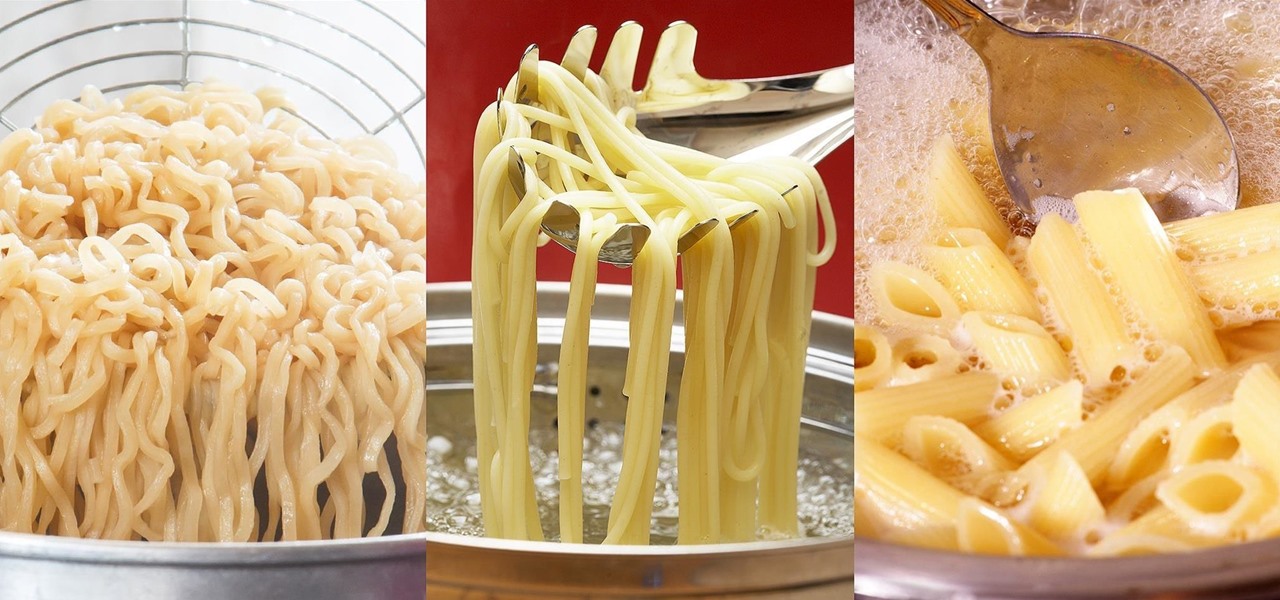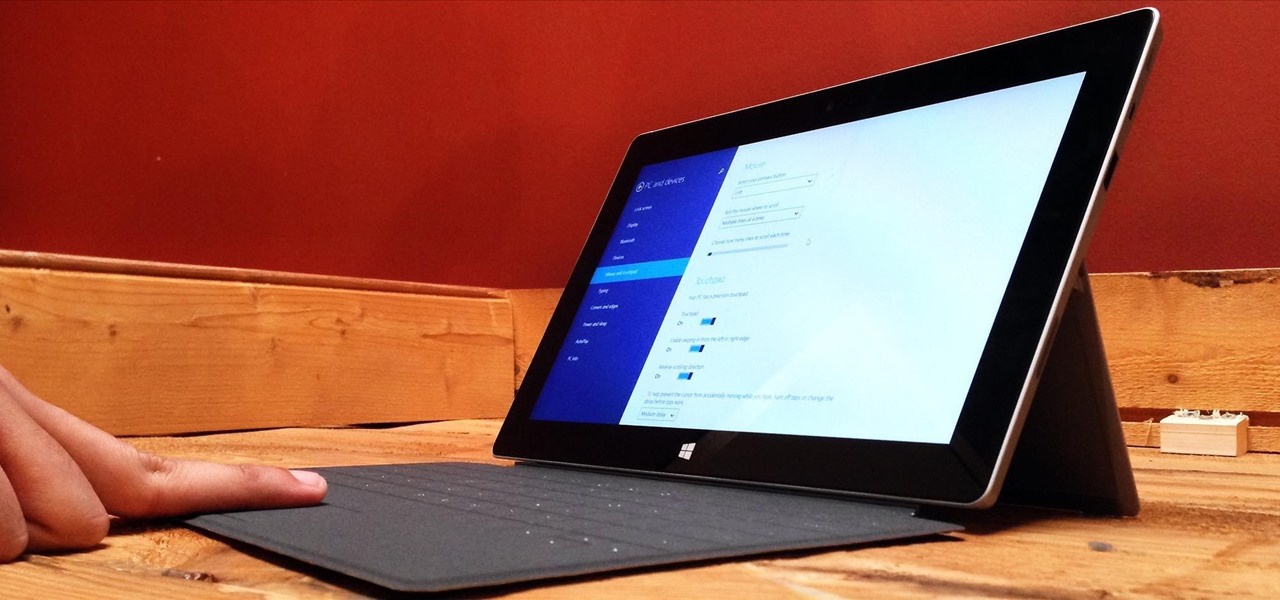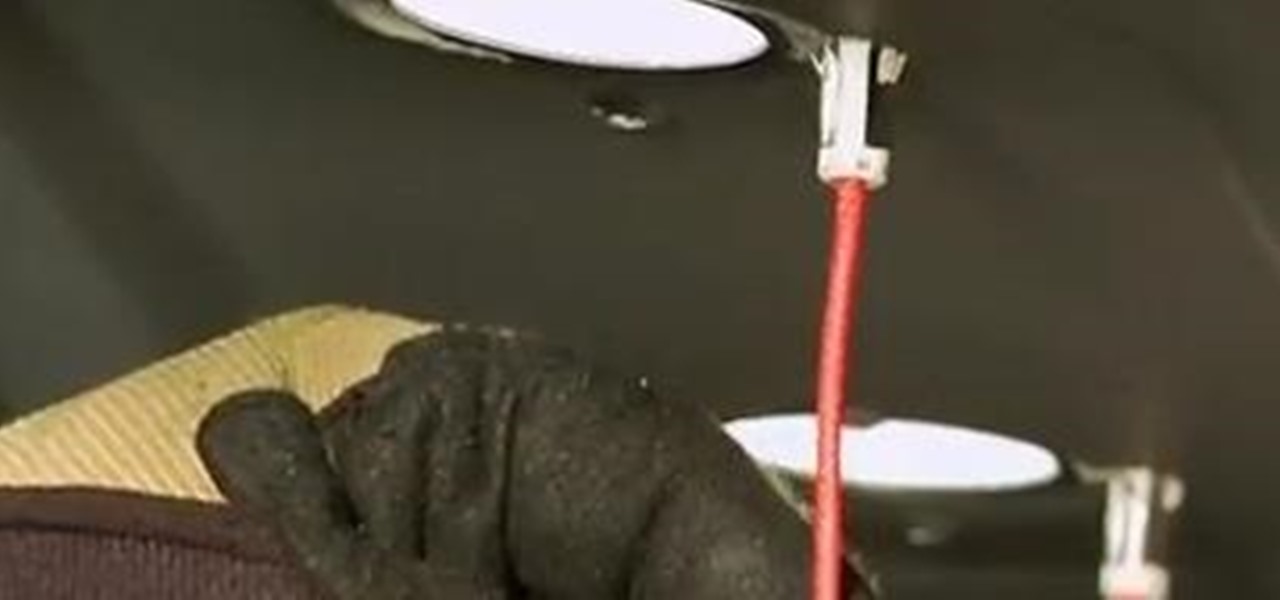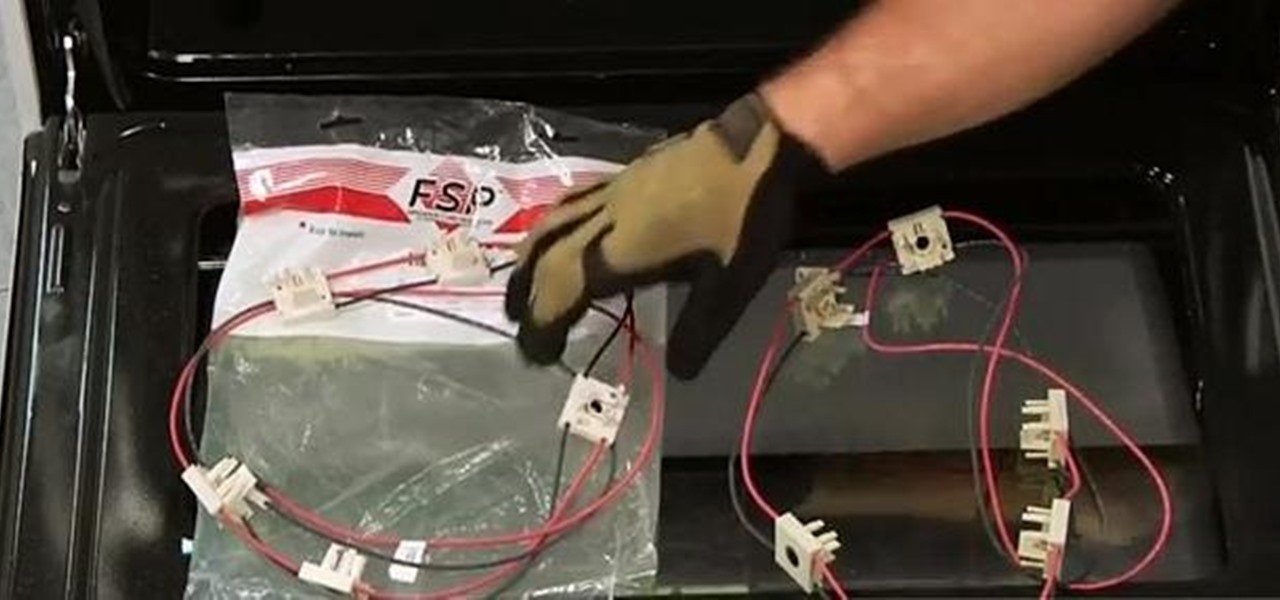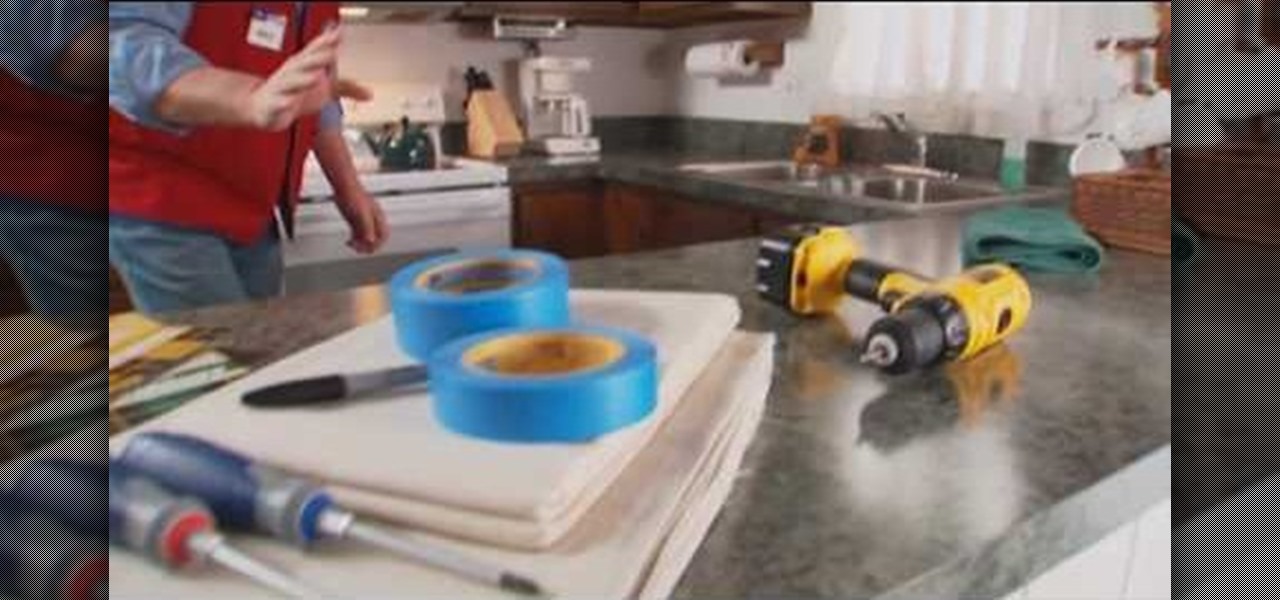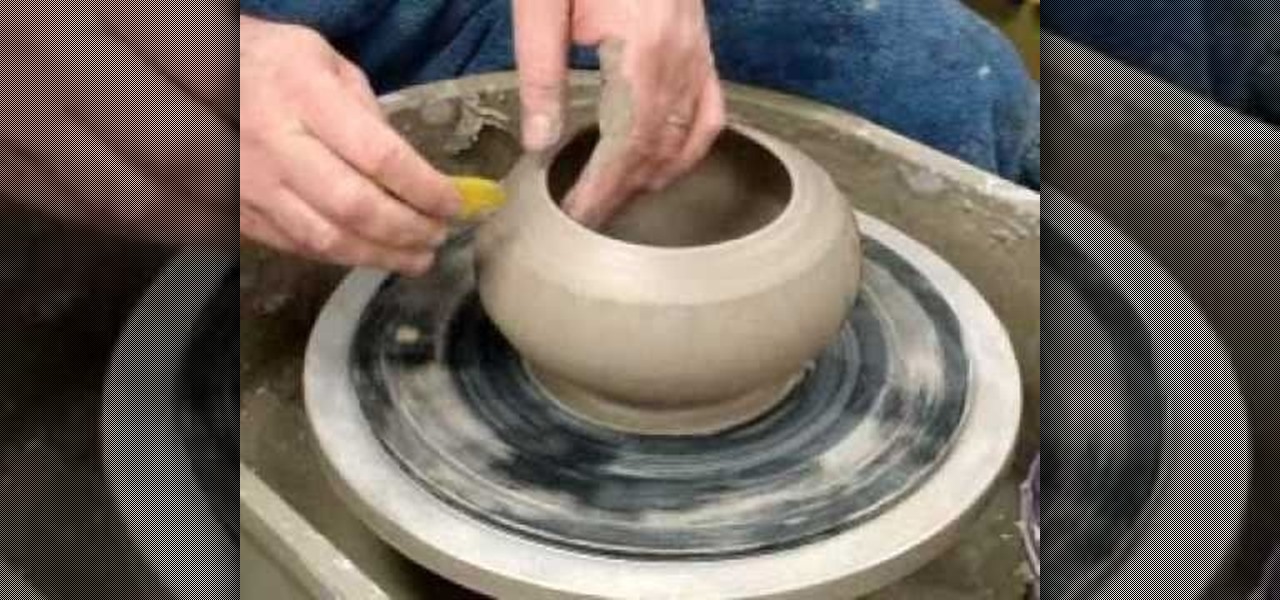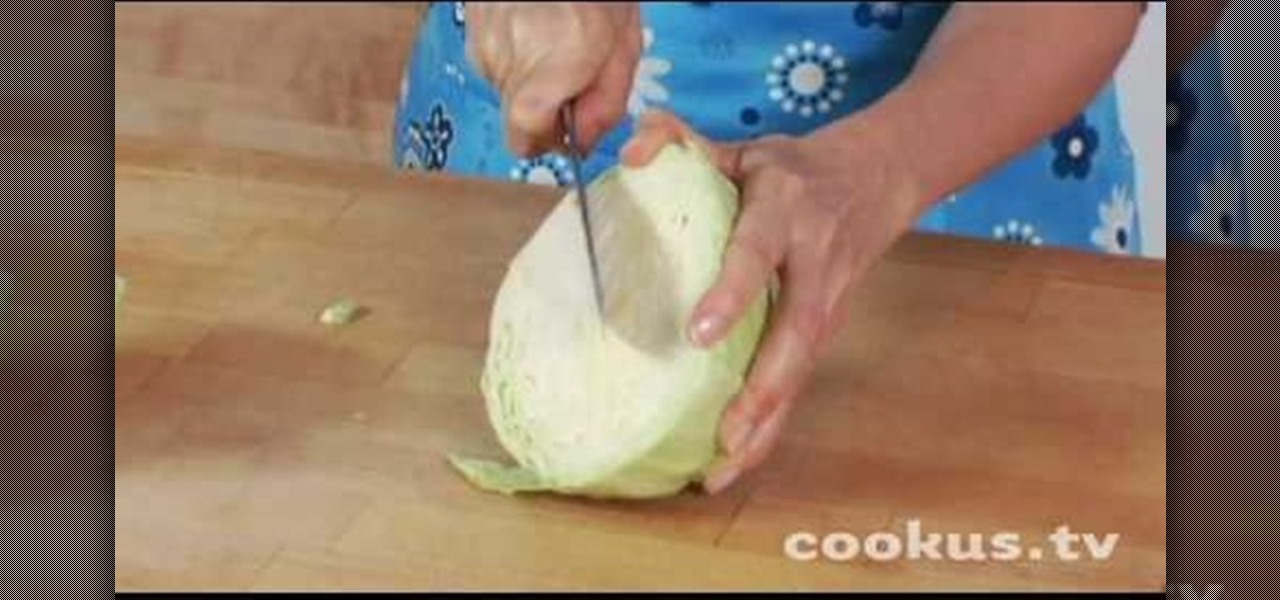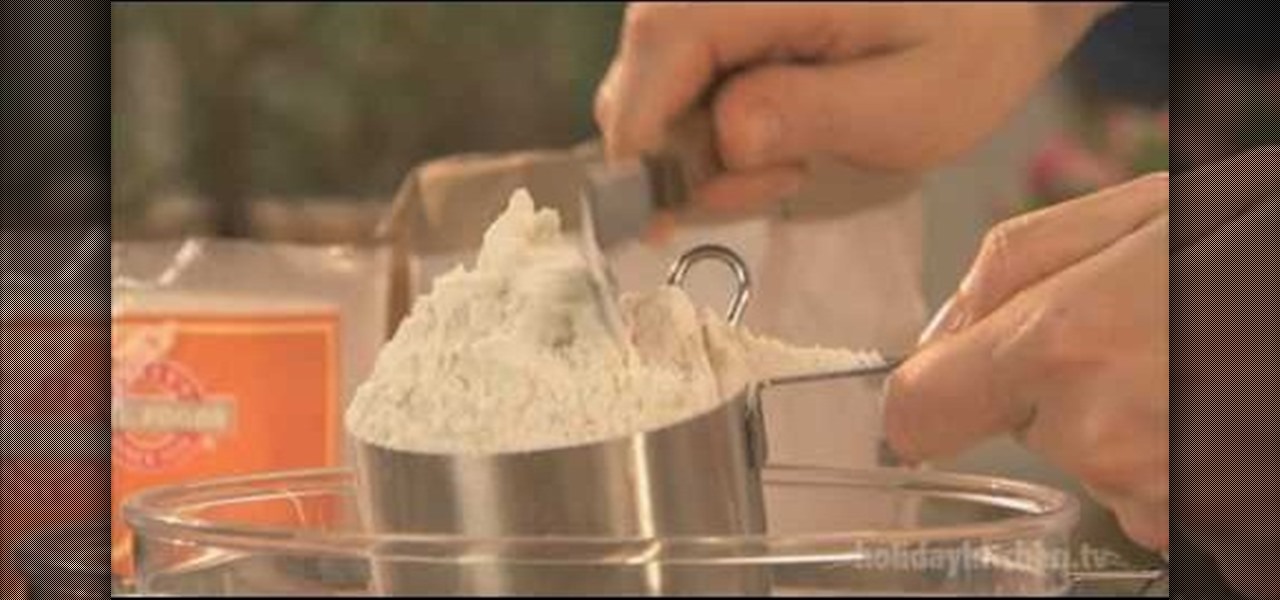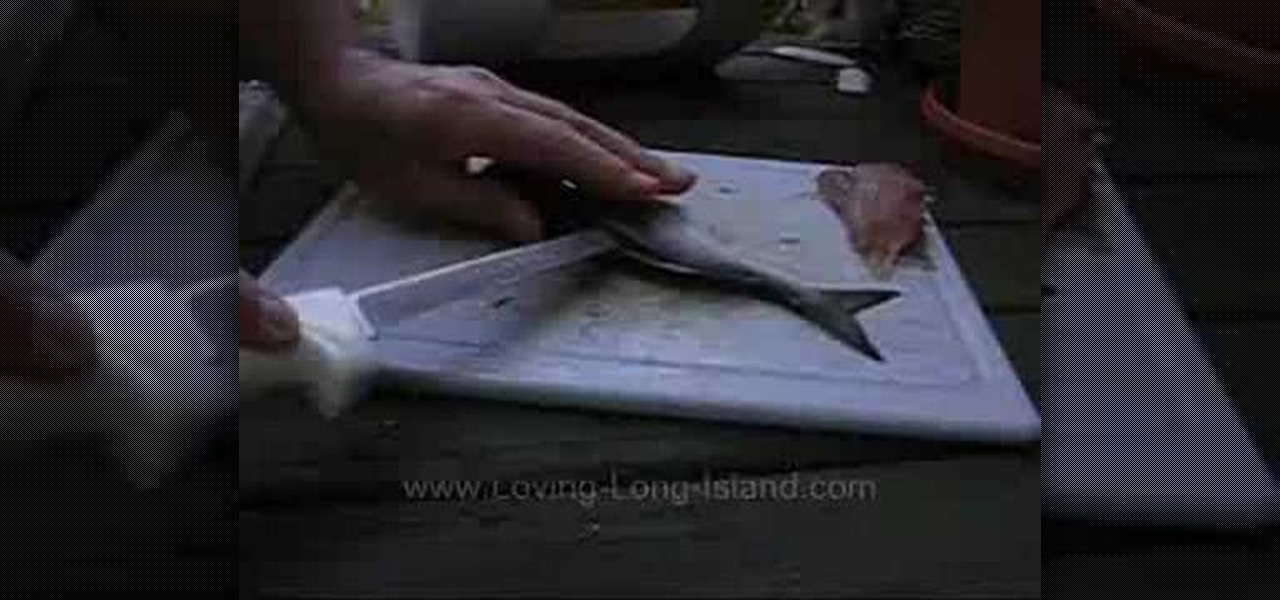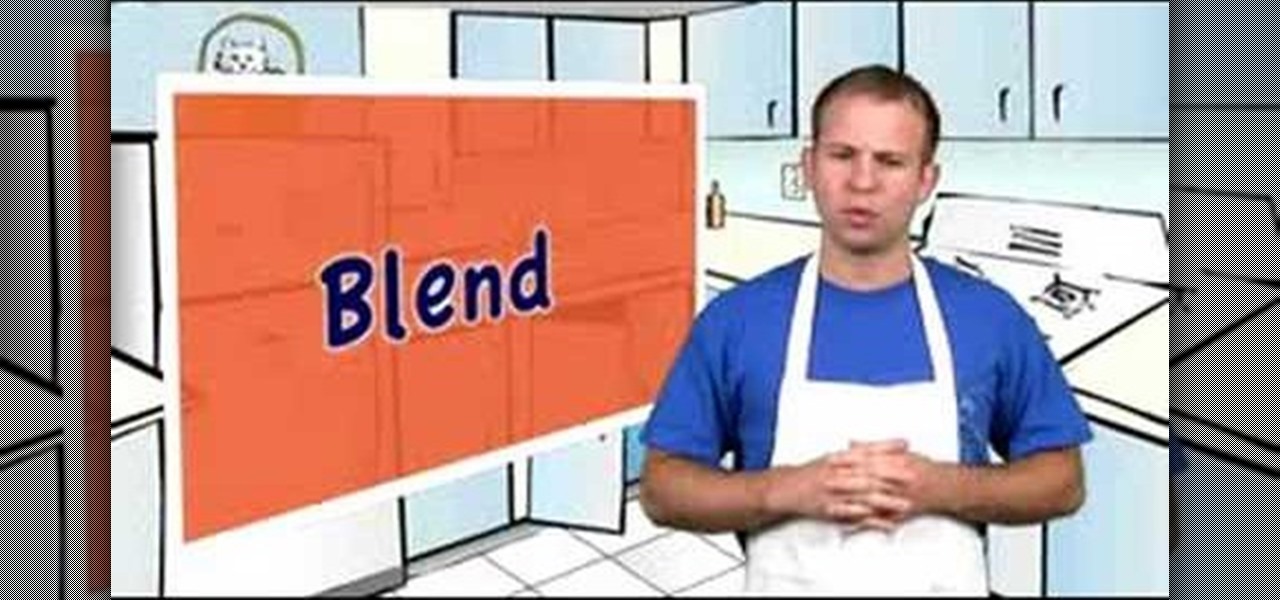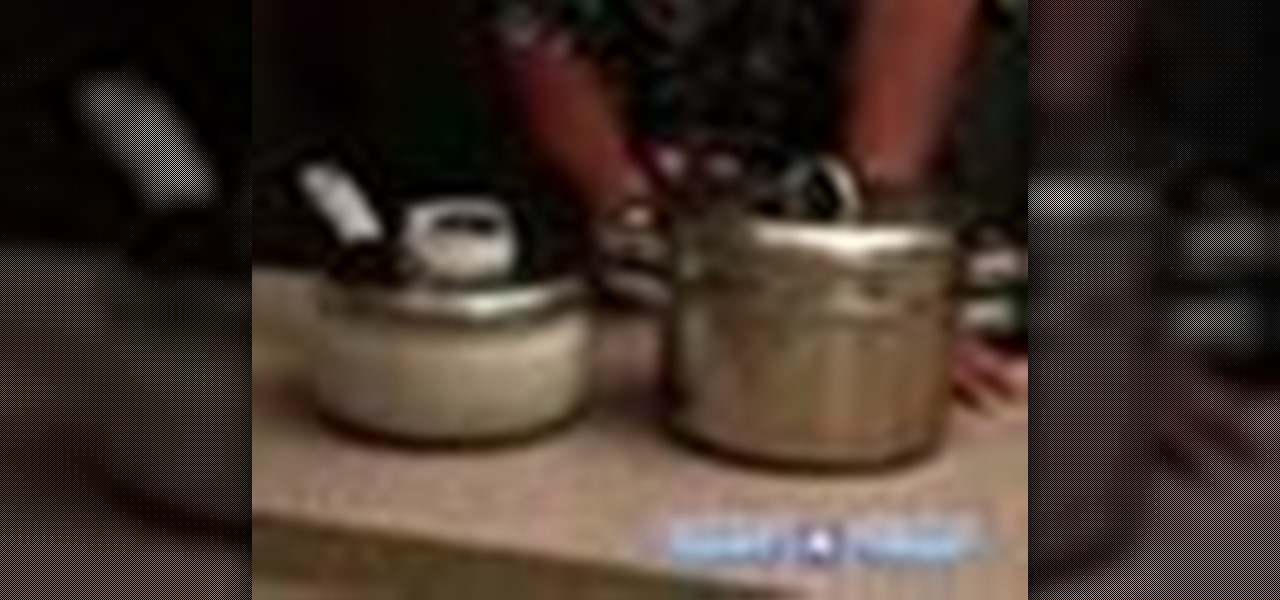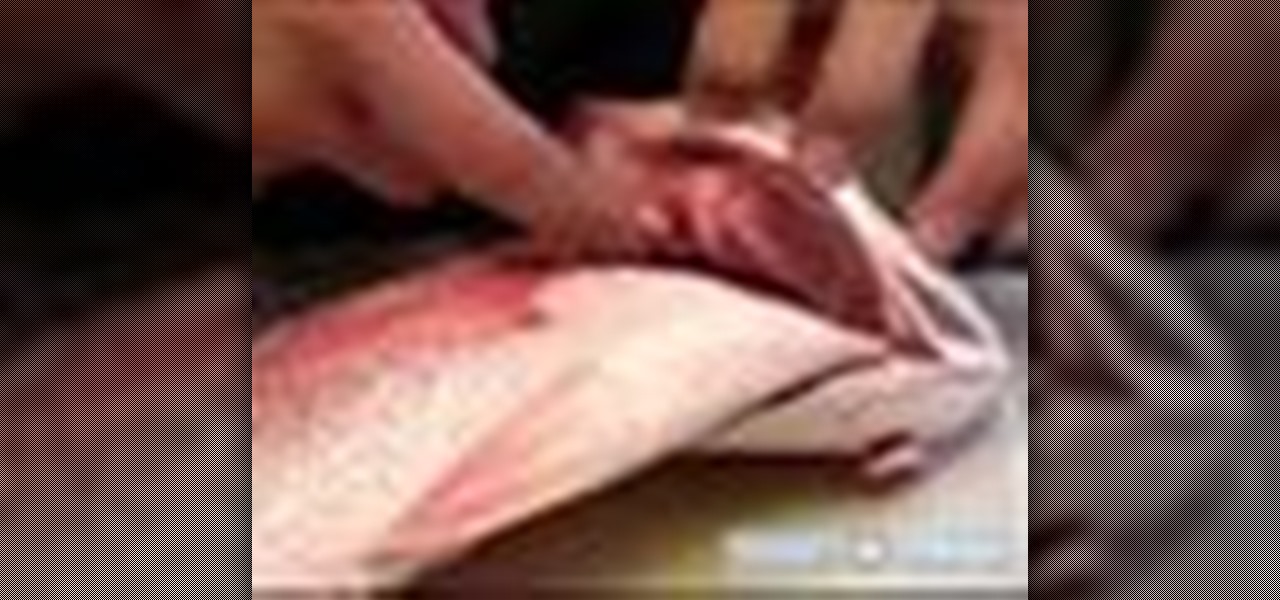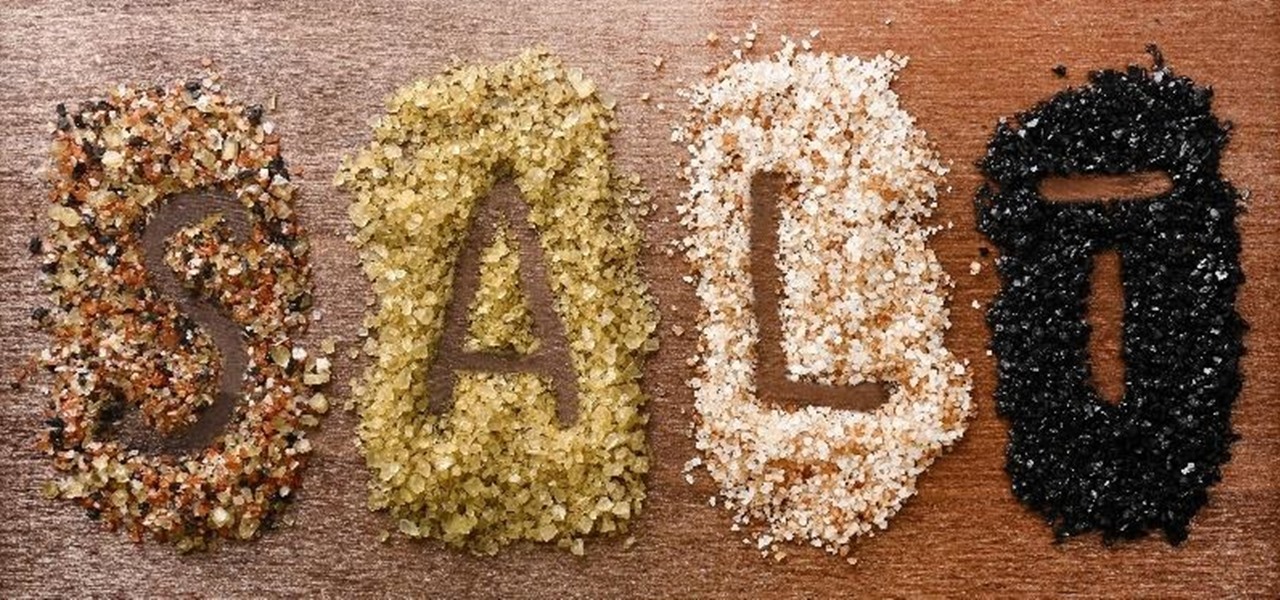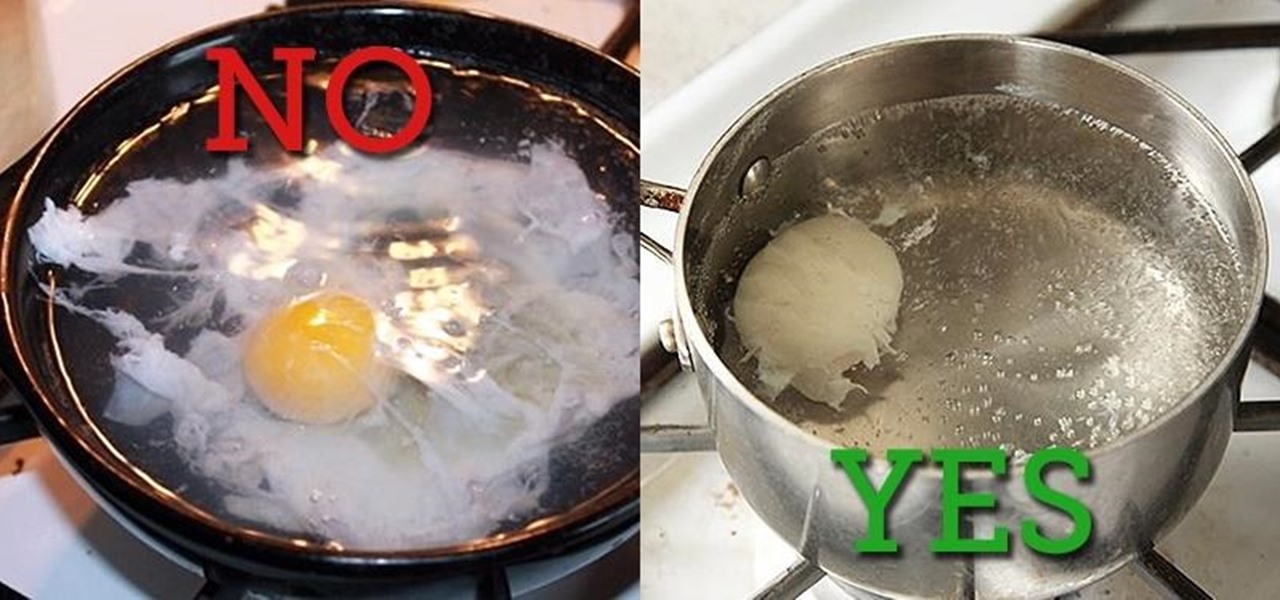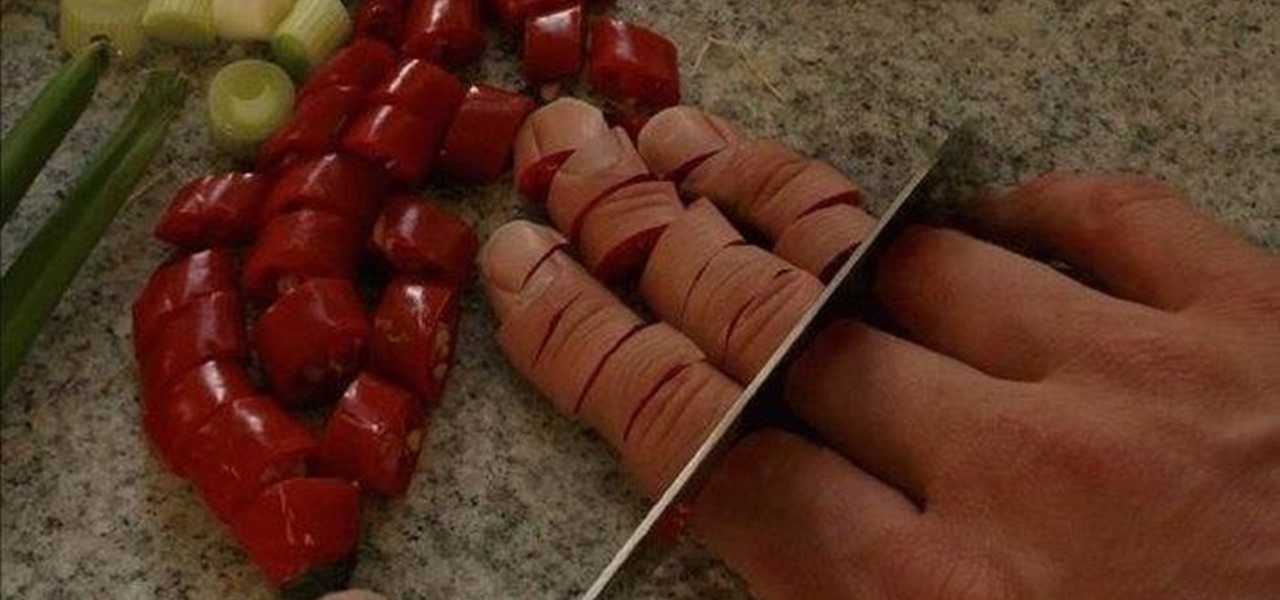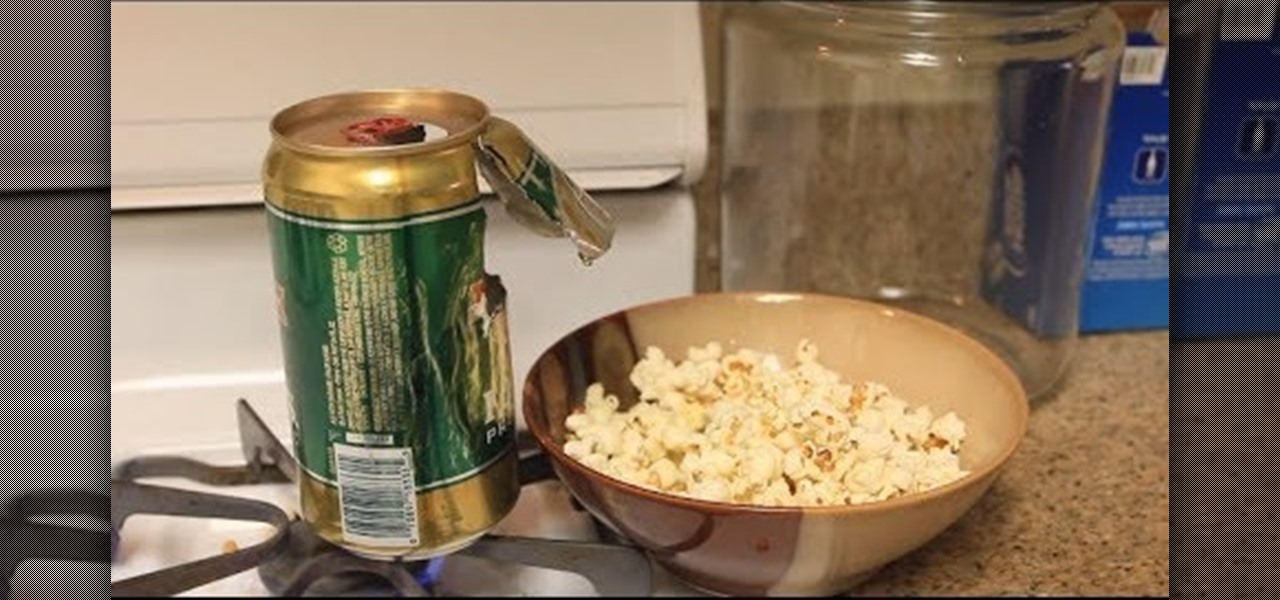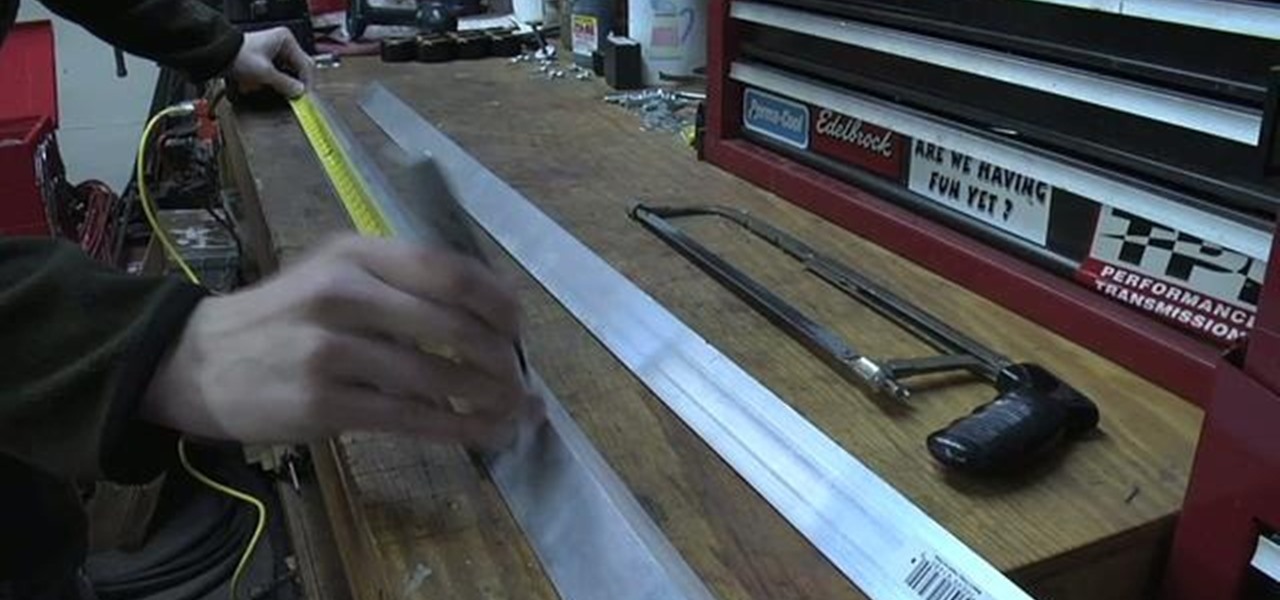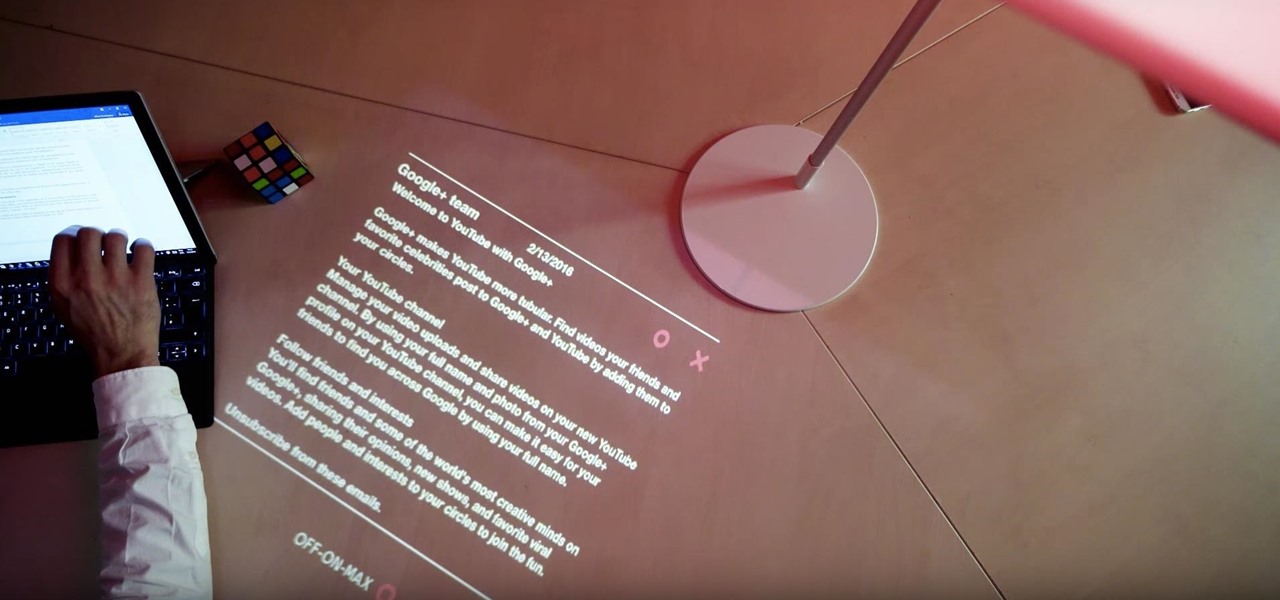
If you ever imagined turning the surface of your desk into one large augmented computer, well the future might not be far off, my friends. Lampix, the company that transforms any surface into a smart surface, is currently working on a portable and quite fashionable lamp to project an augmented computer onto any surface that you can interact with using your hands.
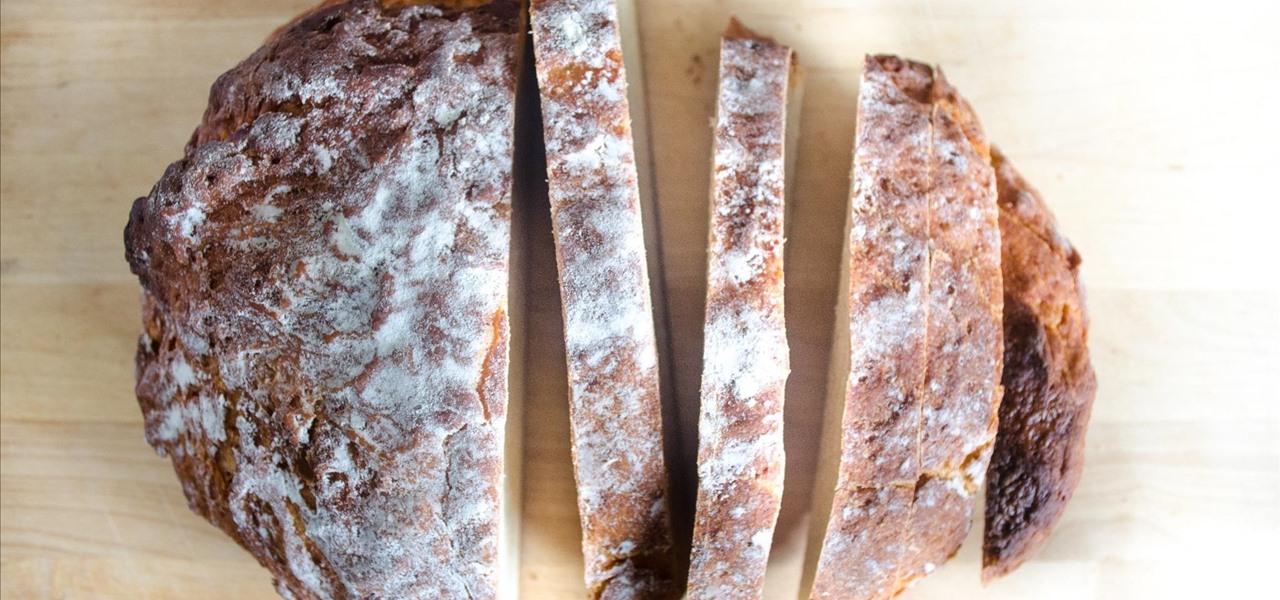
One of the best qualities about fresh bread (such as sourdough) is a thick, crispy crust—which is easy to create in a commercial oven, but can be tricky for home cooks to replicate. Luckily, the the trick to baking a professional-style crust is a simple one—just bake your loaf with steam using one of these three methods to achieve the perfect, crispy crust.

The digital pen on the Surface Pro 4 and Surface Book is an indispensable tool for serious note-takers and artists alike.
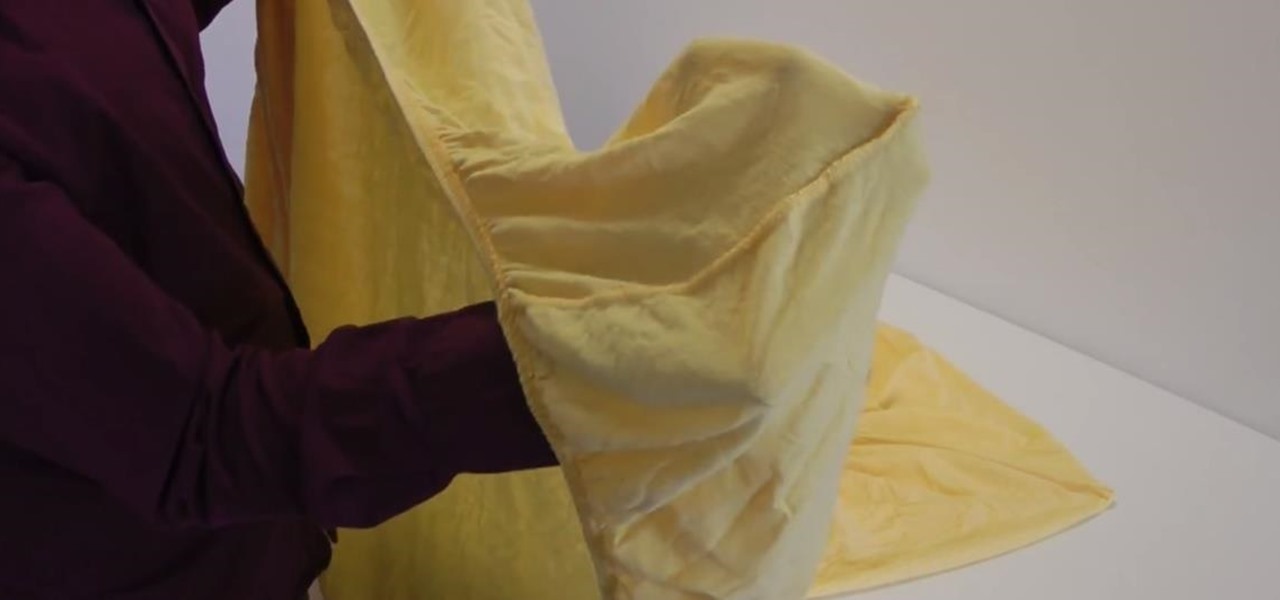
Folding fitted sheets seems nearly impossible, but with a neat trick it's just as easy as folding a blanket.
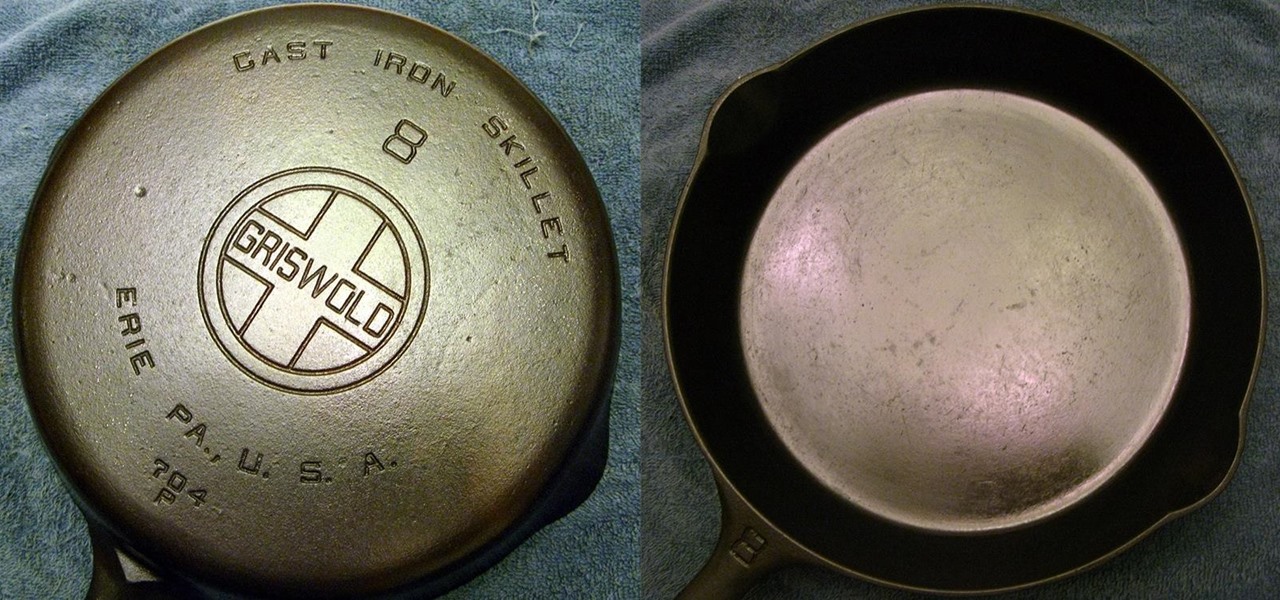
Cast-iron cookware breeds a strange kind of obsession. When I got my first pan, I spent untold hours seasoning, cooking, researching the best non-soap methods to use for cleaning, and re-seasoning that thing. Finally, I became exhausted by the whole process and realized that you can skip seasoning a cast-iron pan as long as you use it regularly and clean and oil it properly in-between uses.
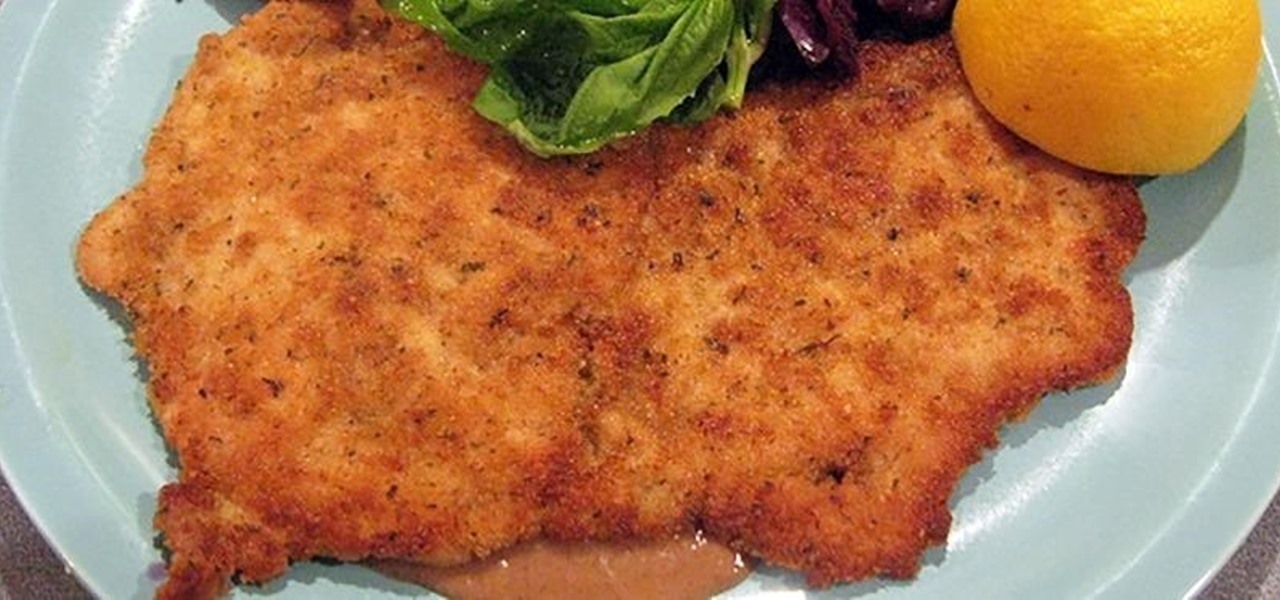
Whether you call it chicken-fried steak, country-fried steak, Milanese, wiener schnitzel, or breaded cutlet, there's something irresistible about a piece of meat that's been treated until it's thin and tender, dredged in beaten egg and flavorful bread crumbs, then fried until the coating is crisp enough to shatter when you bite into it.

Everything you thought you knew about cooking pasta is wrong. When I took cooking classes in Italy, they taught me to bring a large volume of salted water to a rolling boil, add a drop of olive oil so that the noodles wouldn't stick together, and wait several minutes until it was al dente (which literally means "to the tooth," i.e., firm and not mushy when bitten).

If you had the original Microsoft Surface with Windows 8 and a Type or Touch cover, you know how big a pain in the ass it was to change the scrolling direction of the trackpad.

If your stove top burners will not light, you will probably have to replace the top surface burner ignitor. You can follow the steps in this video to help you do this easy repair.

If your stovetop igniter will not click or click continuously, you will probably have to replace the top surface ignitor switch. You can follow the steps in this video to help you do this easy repair.

In this tutorial by Lowe's, we learn how to prep and paint kitchen cabinets yourself! First, you will want to make sure you don't have laminate or tile countertops, because these can simply be replaced. After this, you will need to use sandpaper to sand down the surface of the cabinets. Next, you will need to paint primer on the surface of the cabinets, making sure you get into the creases of them as well. Now, paint over the primer once it has dried with your choice of glossy paint. After th...

There are lots of techniques you can use to throw a pot and to sculpt and mold it, but when you get a big order for a batch of pots, the best technique you can use is the technique that will produce the largest quantity in the least amount of time.

You've probably never heard of or seen an inside out French braid before. Which is all the more reason you should try this tutorial! While it definitely sounds difficult, an inside out French braid is basically how a French braid would look like if you flipped it over. So rather than the braid being underneath the surface of the hair, it is on the surface of the hair instead. When braided down your head, it turns into a sort of mohawk look, only with a braid instead of spiky hair.

This video is a demonstration of the proper way to cut up a cabbage. Large vegetables like cabbage can be hard to cut up because they are so big and tend to move around on the cutting surface. The first thing to do is to create a flat surface, so make it safer to cut. Cut the whole cabbage in half holding the end of the core on top. Cut the core out of each half in a big V shape. Cut it in half again to make quarters. Take the cabbage apart so that you can flatten it out and cut thin slices f...

Mr.G in the episode 3 of "Summer snow fall" explain the experiment for eddy currents and lenz law by using general house hold items like copper tubes of different dia., 2-neo themium magnets attached together and a ball bearing magnet. At first he took the big diameter copper tube and drop the neo-themium magnets, they fall slowly without touching the surface of the copper tube as they are like freely falling from space with less gravity, for the next time he took small diameter copper tube a...

Learn how to measure cooking ingredients. Some home cooks approach cooking as an art form, a splash of this, a dash of that, and soon each culinary creation is deliciously unique. Bakers are more likely to appreciate the scientific side of cooking, relying on the careful measuring of ingredients to ensure consistent results every time they prepare a recipe. To measure cooking ingredients, you'll need a glass measuring cup for liquids, and a dry measure for powders.

Fish always taste better when its is fresh. One important part of being a great cook is knowing how to clean, fillet, and cook fresh fish. This cooking how-to video shows you how to catch, fillet and cook snappers. Cook up great snapper recipes.

If you want to go from a Rookie Cook to an All Star, you must understand the cooking terms. And if you think blanch is just a character from "The Golden Girls," then this episode is for you. Follow along with this cooking how to video to understand basic cooking terms.

Learn how to make Cajun ratatouille from our expert, which combines French and Cajun cuisine, in this free recipe video series on making Cajun ratatouille.

Find out how to make bacon wrapped mashed potatoes and scallops in this free seafood recipe video series from our professional chef.

How to make beef stew; get expert tips and instruction for making delicious homemade soup recipes in this free cooking video series.

How to make a meat lasagna; get expert tips and instruction for making traditional Italian food recipes in this free cooking video series.

Learn how to make different kinds of crepes from our expert and professional chef in this free cooking video series on easy crepe recipes

Learn how to prepare meat and vegetables for the crock pot to slow cook a pot roast in this free recipe video series from our expert cook on how to cook pot roast.

Coq Au Vin is a traditional French dish originally made with rooster and wine. Our expert shows you how to make this unique recipe with chicken in this free cooking video series.

Learn recipes for steam cooking with tips and techniques for steaming vegetables, fish, chicken and more in this free how-to video series on steam cooking basics.

Looking for French food recipes but don't know where to start? Learn how to make French crepes, salads, and desserts, including ingredients and cooking methods and more, in this free video cooking series about French food taught by Marieve Herington.

Interested in making Greek food but you don't know how? Start with Greek fish plaki! This free online cooking lesson about Greek food taught by an expert chef will have you on your way in no time.

Ingredients you'll need to make a traditional Turkish pasta, including noodles, cheese and other seasonings; learn this and more in this free online cooking video about ethnic and Turkish food taught by an expert chef.

Learn about cooking chorizo and potato enchiladas with expert cooking tips in this free Mexican cuisine video clip.

How to make homemade fettuccine alfredo pasta and sauce; learn more about making traditional Italian food in this free cooking video series.

In this series of video clips expert Louis Ortiz shows you the basics of cooking fish. He offers three easy fish recipes, demonstrating how to prepare and cook Seared Salmon fillets, how to fry farm-raised catfish, and how to make fish stock.

NASA is going going to Saturn's moon Titan, and the space organization is using augmented reality help them do it.

When Apple unboxes the next major update to its mobile operating system this spring, iPhones and iPads will gain some significant new features for augmented reality experiences: verticality.

In order to make your food taste good, your favorite restaurant is most likely using way more salt than you think they are (among other pro secrets). Which is why when you ask just about any professional cook what the biggest problem with most home-cooked meals are, they almost always answer that they're "undersalted" or "underseasoned." (In cooking lingo, to "season" food means to salt it.)

Two slices of whole-wheat toast with lots of butter. Two eggs, poached to a firm yet custardy texture. The yolks should absolutely not be hard-cooked and the whites should be tender, not rubbery. That's my idea of the perfect breakfast.

After years of making do with a cheap knife, I finally bought a really good 8" chef's knife—a Henckels, although I was also eyeing a Global santoku. It quietly but literally changed my life.

Most of us are used to just grabbing a bag and throwing it in the microwave when we want popcorn. It's easy, convenient, and requires little to no cleanup. But what about those times when you're away from home and don't have access to a microwave?

Looking to create slow moving and motion shots with your camera on a stable surface on a low budget? Try building your own skater dolly! In this video you will learn the entire process of building your own inexpensive dolly that will allow you to create fantastic motion shots.

This "chest workout home edition " was designed to provide an easy and fun professional workout for everyone. These exercises are designed to tone main pectoral muscles (upper, major and minor pectoral muscles) and you can workout wherever you want: at home, in the park, on the beach or at the gym.








